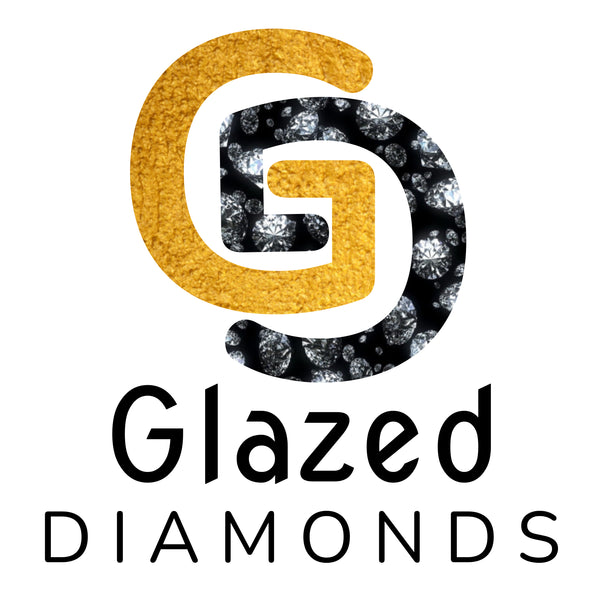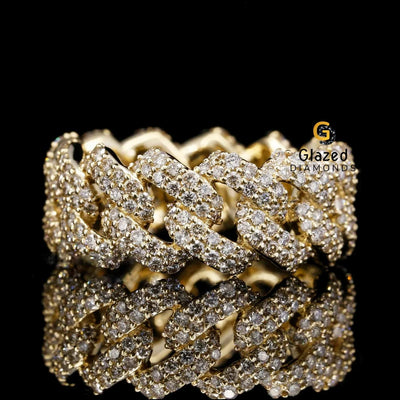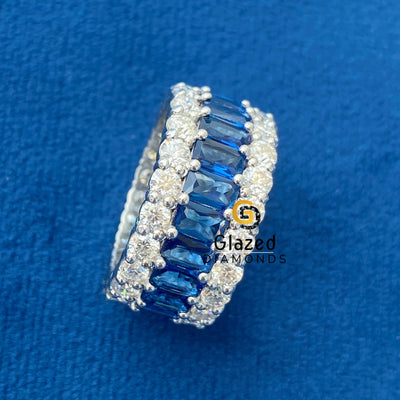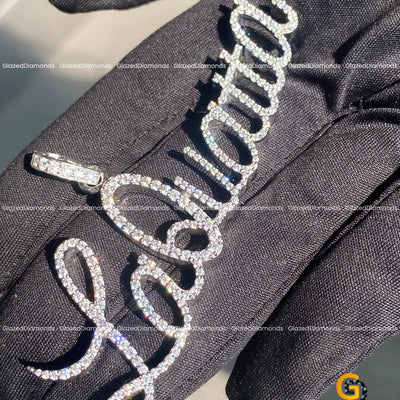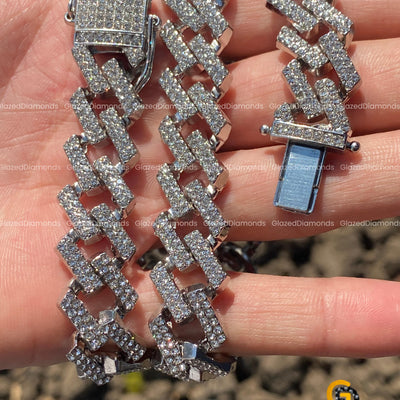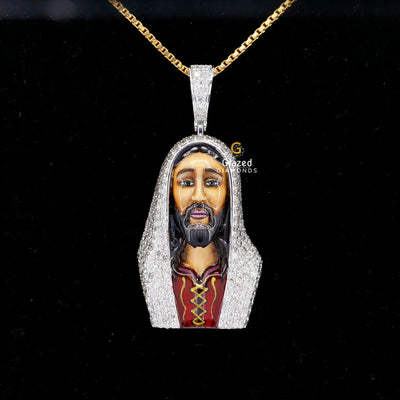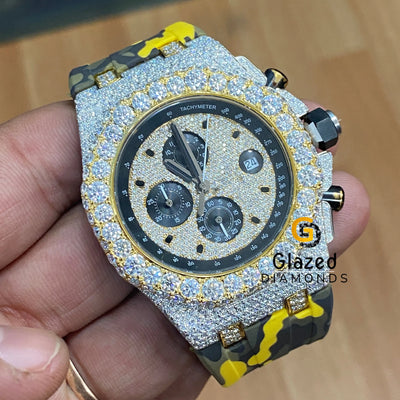We get many questions on reports, stamps, and serial numbers. You want a stone that looks alive on the hand and a paper trail that makes sense. This guide explains what a moissanite certificate is, who issues it, how grading works, and how we handle it at Glazed Diamonds. Short, practical, and focused on real use.
1) What is a Moissanite Certificate?

A moissanite certificate is an independent report that ties a unique stone to measured facts. It lists size in millimeters, color band, clarity target, cut details, and any extras like fluorescence. Each report links to a number or QR so you can view the same record online. Think of it as the stone’s ID card. It does not create beauty on its own. It records what careful grading already saw.
2) Does Moissanite Come With a Certificate?
People ask, does moissanite have certificate? The honest answer is, it can. Stones above a certain size often ship with a lab report. Small melee in halos or bezels usually rely on batch QA and in-house matching. The goal stays the same in both cases.
Your eyes should see uniform color, clean face-up clarity, and a cut that keeps light moving. If a solitaire is your plan, we suggest a certificate. If you are building pavé, we match by tone and size so the circle reads as one band of light.
3) Who Issues Moissanite Certificates?

There are two common routes. Some brands use respected third-party labs with online lookups. Others issue in-house reports that still carry a serial number and a QR. Third-party labs add separation. In-house reports move faster and can bundle production data with the paper. Either path can work if the report is detailed and verifiable. What matters most is traceable data that you can check anytime.
4) What the Grading Fields Actually Mean

Here are the fields that matter on a moissanite certificate and how they show up on your hand.
-
Measurements: Millimeter size is the truth you feel. Face-up size controls presence more than weight.
-
Cut details: Crown angles, table size, and symmetry shape the light pattern. A precise cut gives a bright table and calm fire.
-
Color band: Near-colorless looks sleek in white metals. A gentle warm tone pairs well with yellow or rose gold. Matching inside the piece matters more than a single letter.
-
Clarity target: Eye-clean is the goal. Marks you cannot see at arm’s length do not dim joy.
-
Polish and symmetry: Clean facets and true meet points keep the face awake in soft rooms.
-
Fluorescence: Most moissanite shows none or low. If present, your advisor should explain the impact in your real light.
If a report lists only marketing lines with no numbers, ask for better paperwork. Numbers help you compare two stones without guesswork.
5) How Moissanite Grading Differs vs Diamond Grading

Moissanite is a different crystal, so grading has a few shifts.
-
Scales: Color and clarity scales align to what the eye sees on moissanite. Do not read them as a one to one match with diamond charts.
-
Size notation: Reports lean on millimeters first. That protects you against inflated “carat talk.”
-
Cut goals: Moissanite rewards facet maps that lift fire. Diamonds chase a tighter white return. The right map for each stone will not be identical.
-
Matching: In halos and bezels, uniform tone is the win. A perfect letter in the center with a patchy ring around it still looks off.
These shifts are not tricks. They reflect how each material handles light, and your eye will confirm this in one minute under mixed light.
6) Spotting a Valid Report vs a Marketing Card

A valid report carries a unique serial number, a QR or URL, and measured data. You should be able to look it up in seconds. A marketing card usually lists a brand slogan and a broad grade with no way to verify. If in doubt, ask for the lookup link and match the serial. Check that the millimeter size on the report matches a caliper reading on the stone. Simple, fast, and very telling.
For set jewelry, ask which parts are covered. A certificate may cover only the center. That is normal. Then ask how the side stones were matched. A good shop will show sample trays or a matching policy in writing.
7) Buying Tips and Our Policy at Glazed Diamonds
Here is a clean path you can follow today.
-
Decide your use case. Solitaire centers do well with a certificate. Pavé and bezels need tight in-hand matching even more than paper.
-
Check the numbers. Confirm millimeters, cut details, and tone against what you see in your light.
-
Verify online. Scan the QR. Make sure the lab page shows the same serial and measurements.
-
Judge the set. If the piece has many stones, step back and look for one continuous circle of light.
-
Plan care. A quick monthly clean keeps any graded stone honest.
Conclusion
Want a watch with genuine high quality moissanite? Glazed Diamonds is here for you. Every center above our set size ships with a moissanite certificate. For bezels and markers, we keep batch QA so matching stays tight.
Ask us how we document your piece and we will show the serial and the specs. Then we help you pick the cut and the metal that fit your day. Simple buying and clear proof.
